In spite of its innovations and revelations, the scientific method is still unable to explain away these five natural phenomena.
Colony Collapse Disorder
Since honeybees started dying off in frightening amounts around 2006, there has been much discussion over just what the culprit of Colony Collapse Disorder (CCD) is, and a recent report released by the USDA sheds little new light on the subject. There exists no single smoking gun in relation to CCD, but many probable causes.
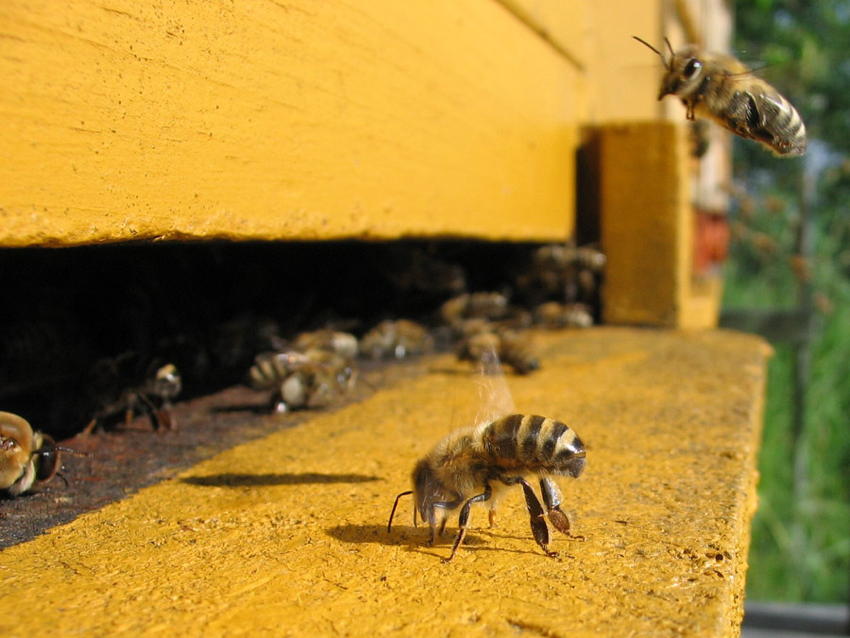
Source: Wikipedia
Researchers have looked to parasitic mites found in abandoned colonies (the Varroa mite), any number of different viruses, colder winters, bacterial disease, as well as many different pesticides used on crops to explain the phenomenon.
However, they have yet to uncover how these scenarios are working in conjunction with each other to rapidly wipe out the American honeybee population. The following chart deals with the particular neonicotinoid based pesticides and the Varroa mite, and how they relate to honeybee populations worldwide.
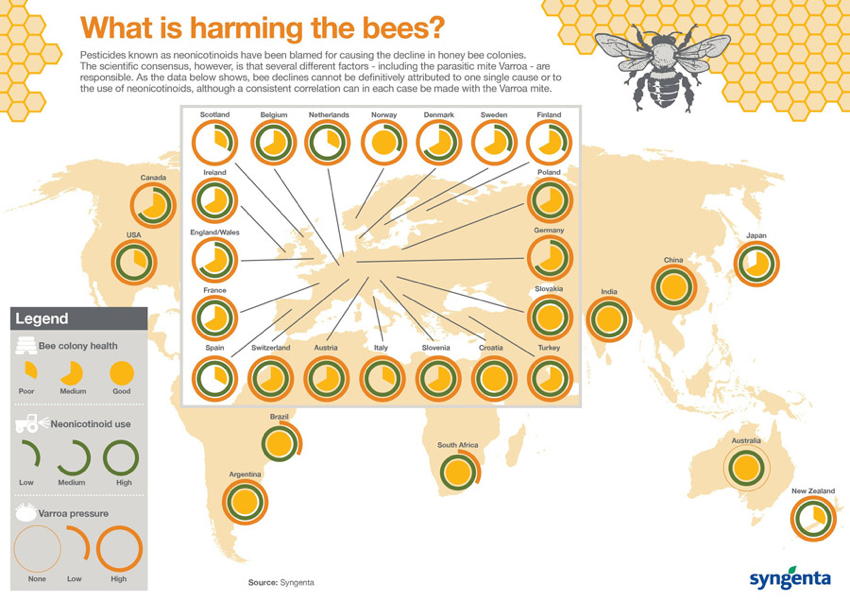
Jellyfish Disappearance In Eil Malk Lake
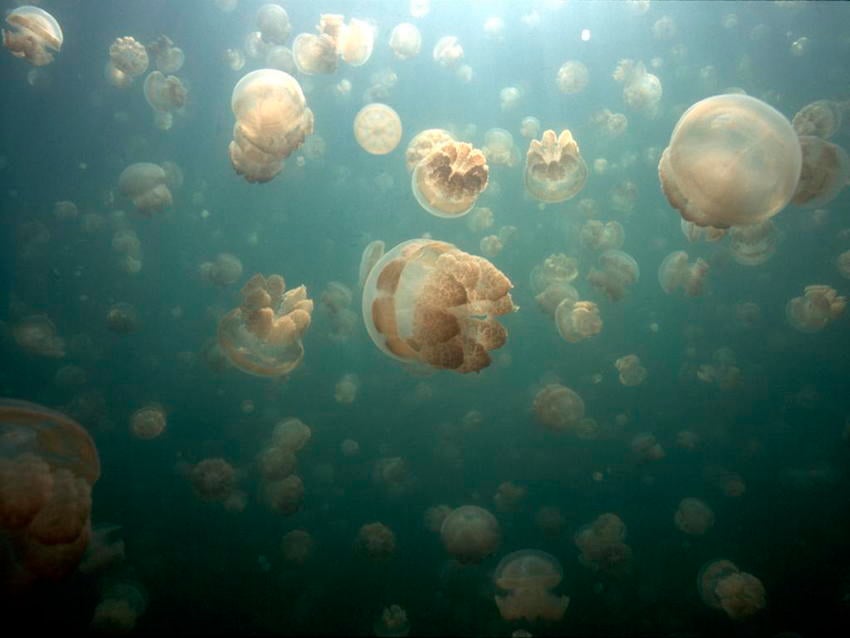
Source: Live Fast Mag
The jellyfish denizens of a 12,000 year-old marine lake in the island of Palau are quite the tourist attraction. Two times each day, the jellyfish swim from one side of the lake to another, chasing the sunlight as its rays filter through the water. The migratory pattern is not the mystery; it’s why all the jellyfish disappeared between the years of 1998 to 2000. And by all, we mean that the lake had a jelly fish population of zero.
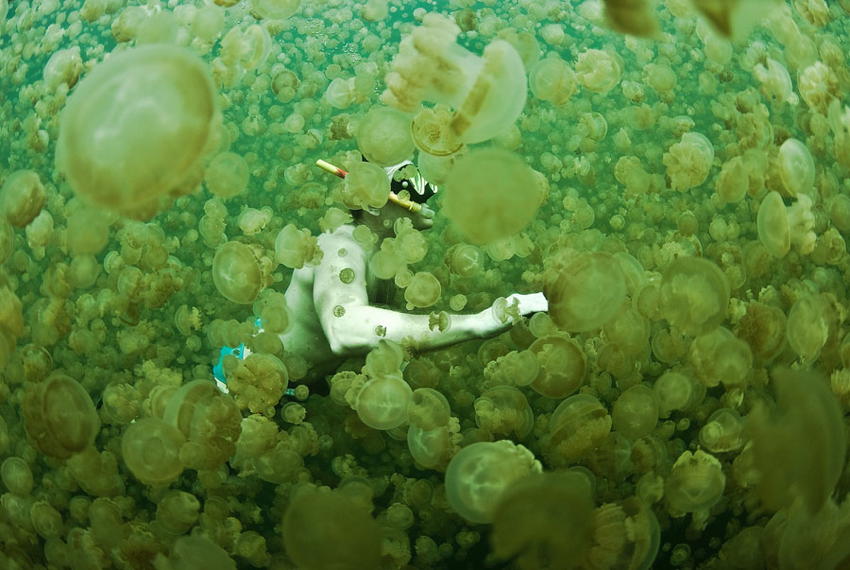
Source: Dive Time
The disappearance is thought to have possibly been caused by either the poisonous layer of hydrogen sulfide 15 meters below the surface getting stirred up, or to a rise in the water temperature caused by an El-Niño weather event.
Since the island of Eil Malk is uninhabited, information on the jellyfish population is not closely monitored. Add to that the fact that the boat ride from nearby Koror is roughly a 45 minute trip, and it’s fairly easy to see why scientists can only manage to construct a list of “likely causes”.
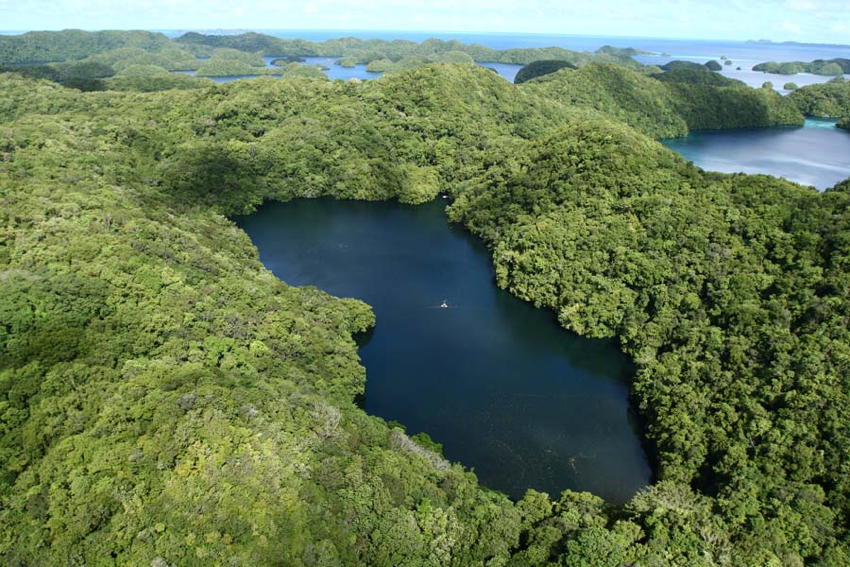
Source: Wikipedia
The Zone Of Silence

Source: Taringa
If you’re just looking for some peace and quiet, forget the drug trafficking and violence and head to Mexico. There, you’ll find what’s known as the “zone of silence”. Located 400 miles from El Paso, Texas in the scorching Chihuahua desert, this area is unique in that it prohibits radio and TV signals from functioning there. Whatever natural force is at play in this stretch of desert, it clearly possesses magnetic properties of attraction.
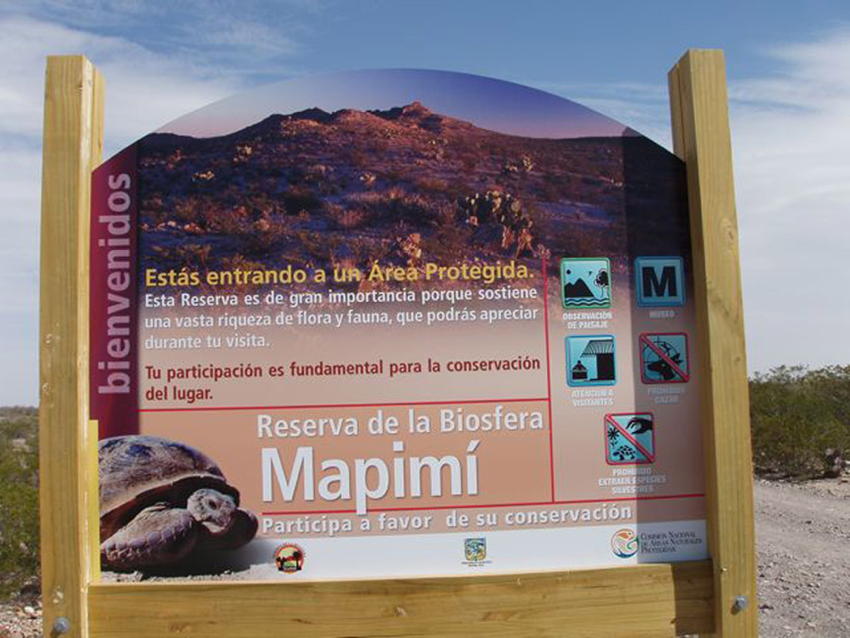
Source: Wikipedia
In 1970, a missile fired from the White Sands Missile Base went unexplainably off its course and landed in the zone of silence. Parts of the boosters used for the Apollo project also broke up and landed in the same area, and the largest carbonaceous-chondrite meteorite ever to enter Earth’s atmosphere landed here.
To add to the desert’s mysterious aura, it is geographically aligned with the Tropic of Cancer, which likens it to places with similar anomalies like the Bermuda Triangle. The Mexican government has set up a reserve dubbed “the biosphere” in the middle of the zone to further explore the area’s biological properties.
Monarch Migration

In general, little is known about insect orientation. Monarch butterflies and their migration are especially mysterious; they start out spread over eastern and central North America, and all end up in the same small area central Mexican often down to the same few trees.
Only every fifth generation of monarchs migrates, so they don’t learn the path -or when to start traveling it- from their ancestors.

We can take what we understand about instinct and couple it with other cues—the sun, moon, magnetic fields, air temperatures, infrared perceptions, and landmarks, for example—but no matter what we might speculate from the seemingly endless combination of possibilities, the bottom line is that these butterflies just know.
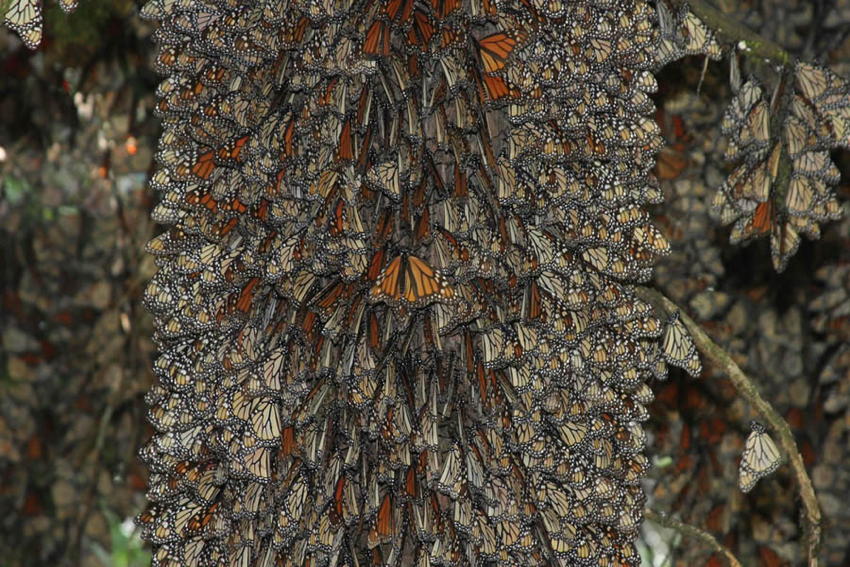
The Taos Hum
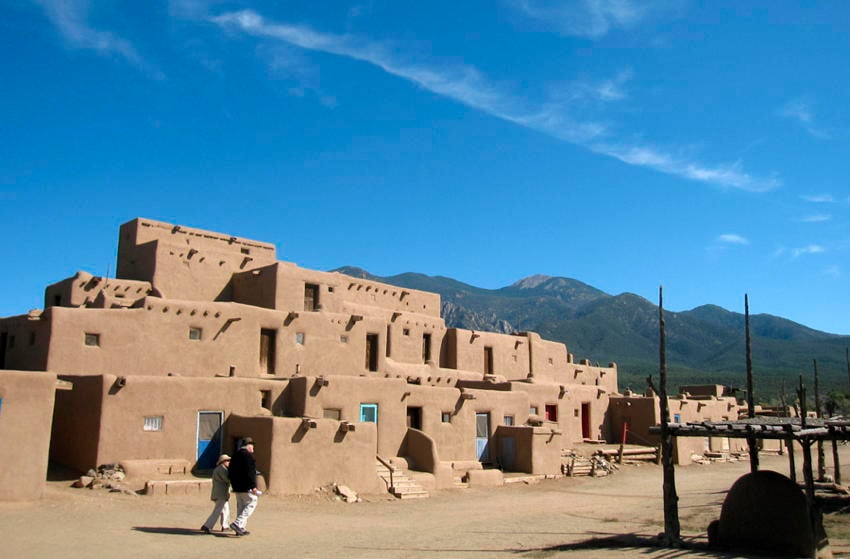
Source: Huffington Post
The residents of Taos, New Mexico are very aware of the phenomenon that affects them, as well as several other locations around the US, Canada and the UK. Somewhere between 2-11% of the people who reside in a hum-hotspot like Taos play perennial host to a low-frequency hum that defies scientific explanation.
Once mechanical emissions were ruled out, several of the other places affected, such as Bristol, England; Largs, Scotland; and Wellington, New Zealand began looking for explanations in colliding ocean waves, mating calls of fish, spontaneous otoacoustic emissions (sounds generated by the ear itself) or tinnitus. Several hum sufferers have moved away from Taos or other affected areas, and have since claimed that the hum stopped and health related side effects (such as anxiety) had subsided.
The video below contains what is likely a reproduction of the sound, as it has such a low frequency that the buzz it is not yet known to be captured on tape:





